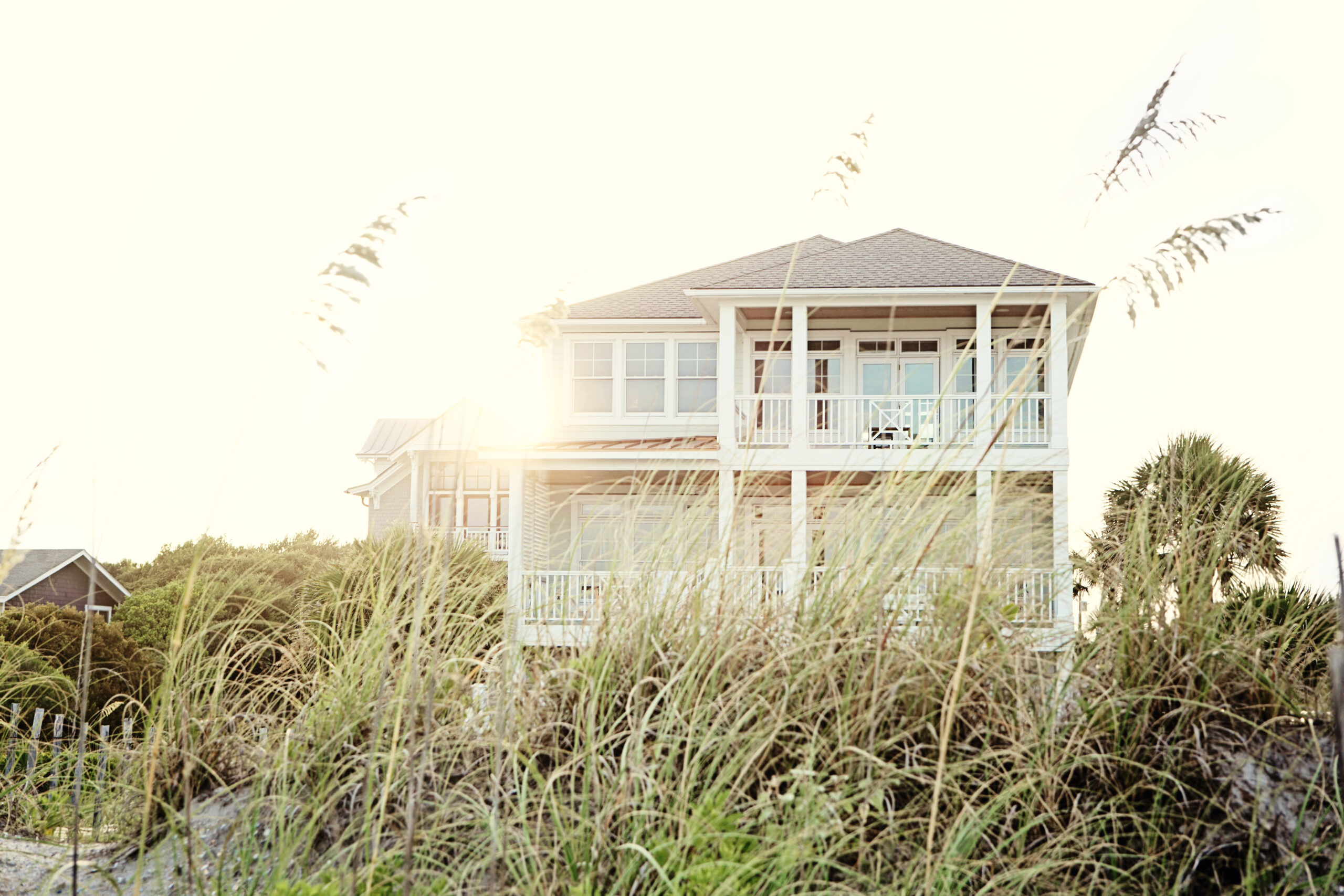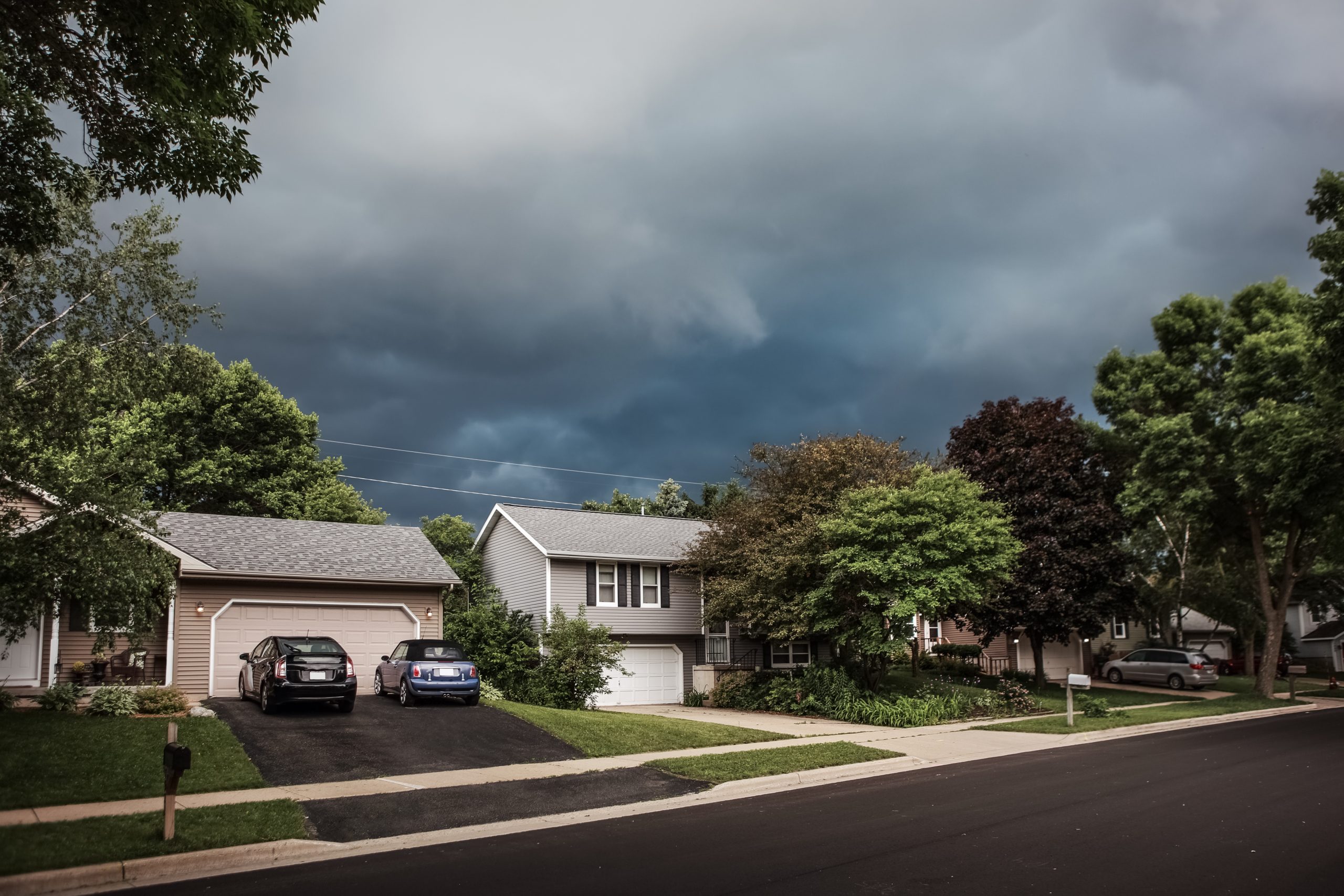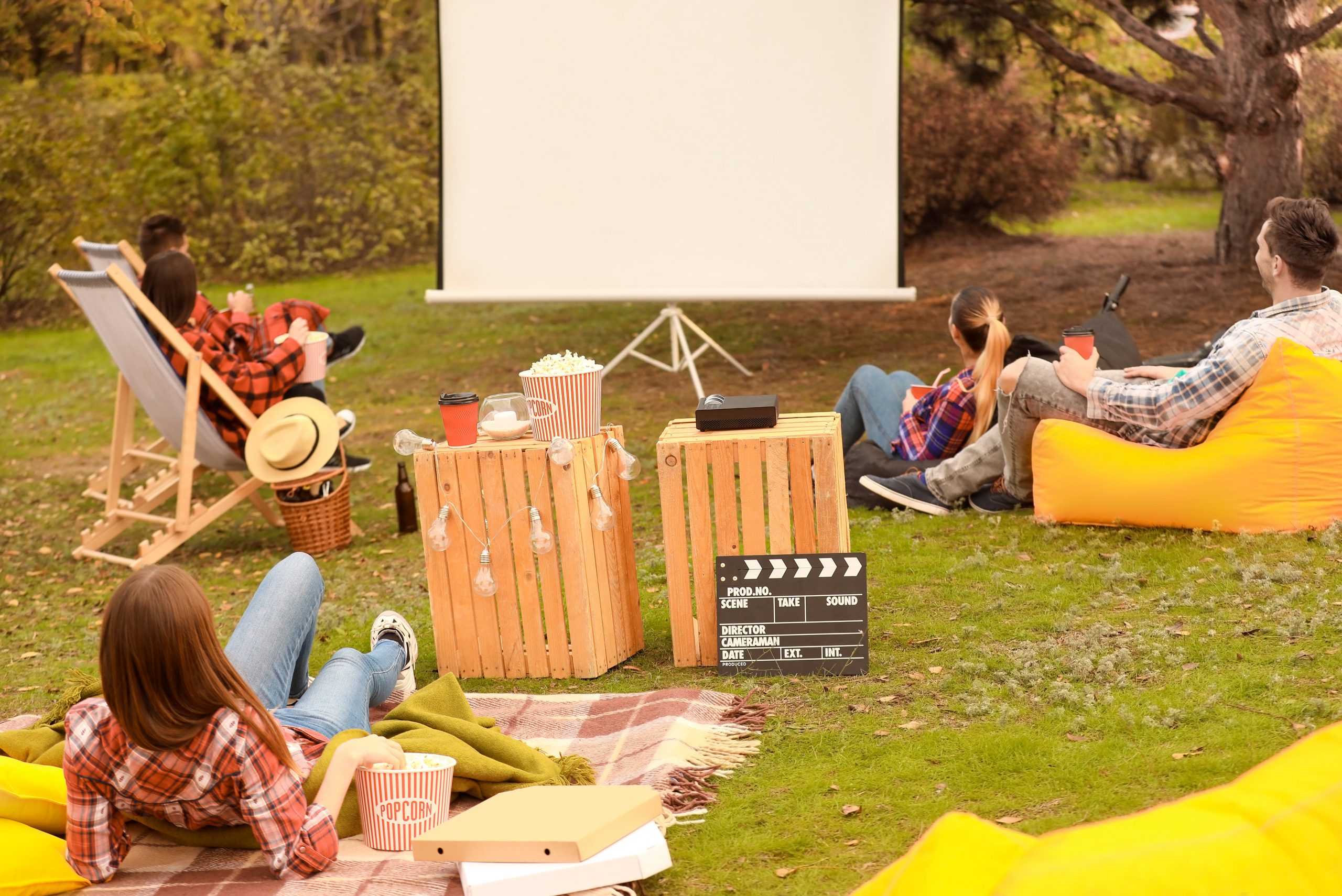1. Choose Outdoor over Indoor Activities
The CDC recommends outdoor over indoor activities as a safer alternative to indoor activities this Halloween. Some popular safe suggestions are pumpkin patches without hayrides, outdoor costume parades, reduced contact trick or treating, and small outdoor gatherings. Indoor costume parties and haunted houses are considered to put you and guests at a higher risk of sharing germs.
2. Plan for Social Distancing
While outdoor events are certainly safer, it’s still important to practice social distancing as much as possible. If you are visiting a pumpkin patch, try and leave space between your party and others. If you or your children are participating in a costume parade, make sure each contestant stays 6 feet apart. The same goes for any small gatherings you may attend or host. The CDC recommends even greater distance for any events scary enough to get guests screaming, as this could potentially send germs flying even further. For trick or treating, setting out treat bags or candy bowls for children is a great option to spread joy while keeping your distance to prevent the spread of germs!
3. Mask Up!
Halloween is a time when both fun and frightening masks are already common! The CDC suggests that decorative masks are not a safe substitute for medical masks and that a medical mask should still be worn in any sort of public space, and for trick or treating, even if it’s underneath a costume.
4. Keep Sanitizing
When out and about for holiday fun, remember to wash your hands frequently and use hand sanitizer after making contact with surfaces. This is particularly important when visiting pumpkin patches or orchards where others may have touched produce right before you, and if you are going to the door and knocking or touching doorbells. The good news is that candy is not thought to be a high-risk factor for the spread of COVID, so parents don’t need to worry about disinfecting it all once they get their little ghouls and goblins back home!
5. Stay Local
The CDC recommends staying within your own local community as much as possible this year, to prevent possibly spreading COVID between different areas. We are also all advised to take our local directives into account and base our activities around the prevalence of outbreaks in our areas. Someone in an area with no known incidences, for example, has a wider range of safe activity options than a person in a highly impacted area. Some extra cautious suggestions for Halloween fun are yard decorating, virtual costume parties or contests, pinatas at home or scavenger hunts distanced around neighborhoods, and a good old-fashioned pumpkin carving or scarecrow making.
Whatever your situation looks like this Halloween, we can all still honor traditions and make spirited holiday magic while keeping ourselves, loved ones, and communities safe. Wishing everyone a safe, fun, and very Happy Halloween, from First Home to your home! Find more information on current CDC guidelines here.
Here at First Home Mortgage, we continue to provide the highest level of customer service while adhering to social distancing guidelines. Our innovative communication technologies allow us to exceed your expectations while keeping everyone as safe as possible. If you are considering purchasing or refinancing a home, please contact one of our Loan Officers today!









